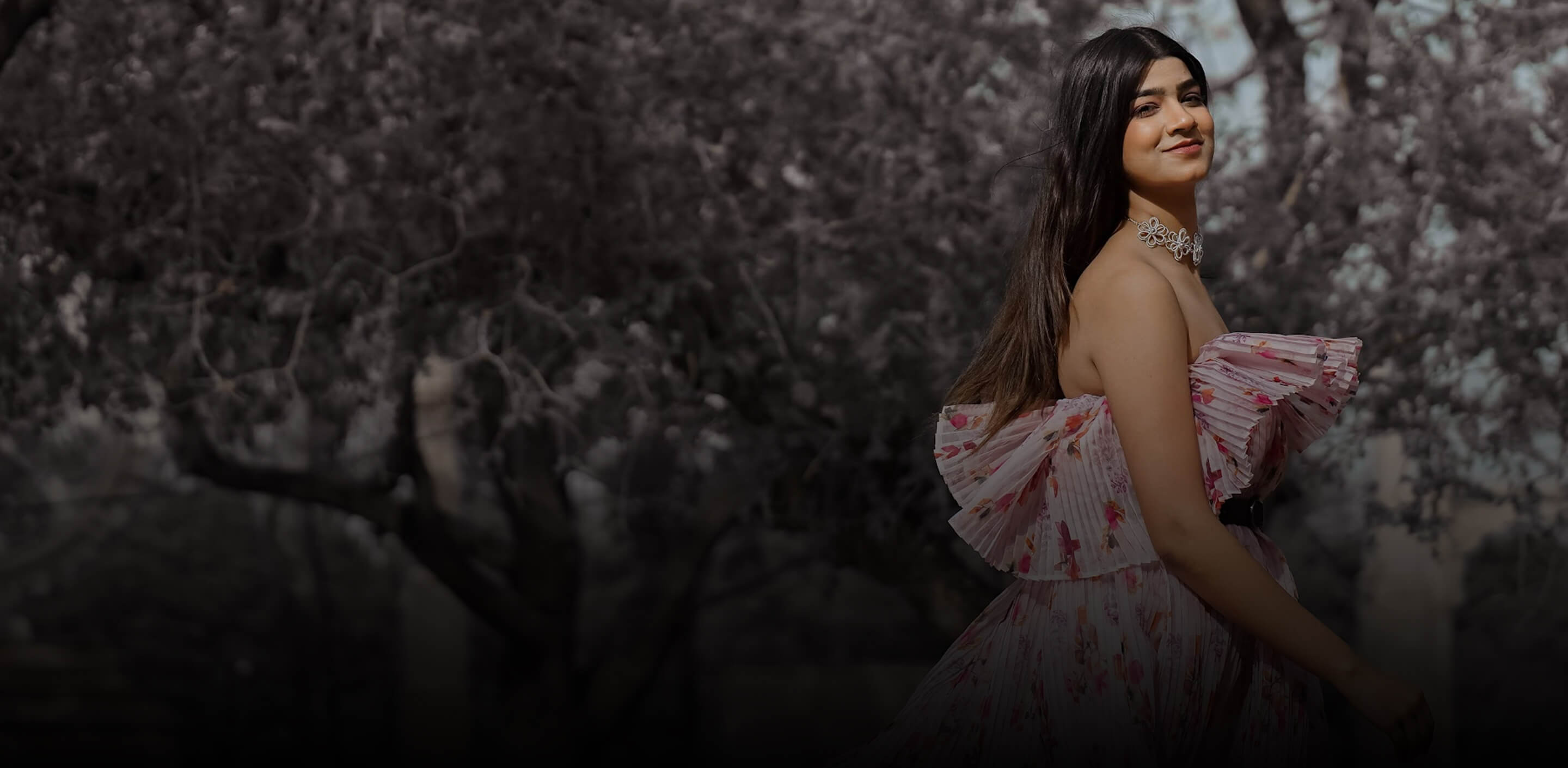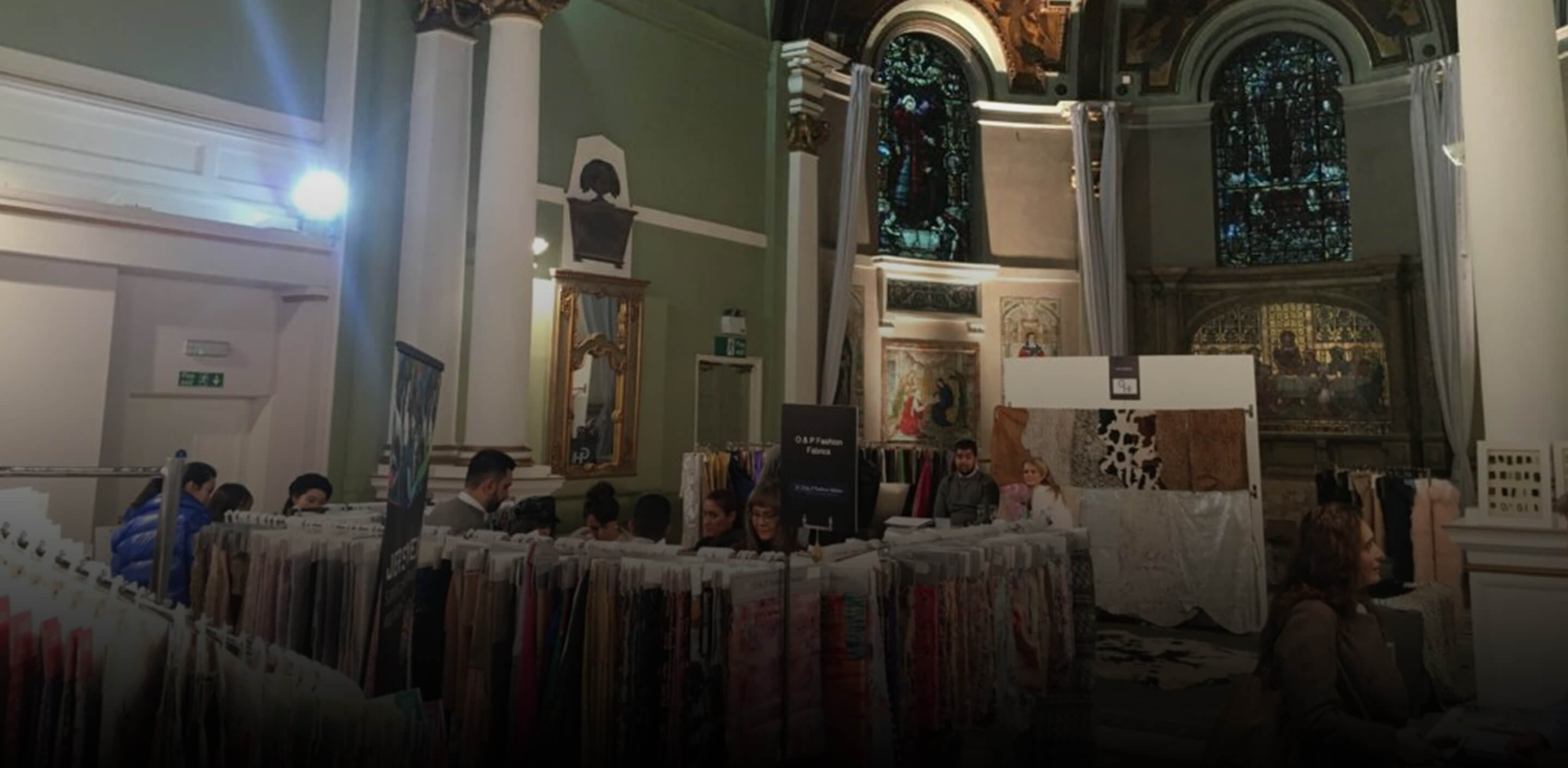Have you ever heard of the term “dyeing”? If you look around at different fabrics you will observe that they are either printed or have been printed in different hues. Be it your casual wear, formal wear, or home furnishing, everything has different patterns or designs on it.
Dyeing is one of the ancient methods that helps in enhancing the appearance of a fabric. As this technique has been considered the most beautiful piece of art of surface embellishment.
Presently, numerous fashion designers showcased their exclusive collections with the ancient art of dyeing.
Some renowned designers have been recognized for reviving the traditional method of dyeing. They have enriched every piece of clothing with the essence of dyeing and given a contemporary twist to the outfits and curated them with embroidery, patterns, and prints.
The art of dyeing has reflected a huge impact on the fashion industry. Let us explore it!
Significance of Fabric Dyeing

Throughout the process of apparel manufacturing, fabric dyeing has been considered a primary raw material.
Fabric dyeing is the primary raw material required to manufacture apparel and garments. This clothing needs to have visual and aesthetic significance in the eyes of the client, which follows the construction of a sustainable supply chain and the preservation of the quality.
Consequently, it is a risky and difficult task for each brand or merchandiser to choose the appropriate fabric dying type for apparel manufacture. Experts agree that it is crucial to find a middle ground between high-quality fabric dying and inexpensive prices.
As an example, if fabric dyeing accounts for more than fifty percent of total production costs, the producer will be unable to keep quality low while yet charging competitive prices. However, if you go for cheap cloth dyes that don't stay long, you risk disappointing your customers and losing their business.
Examining the fabric's physical characteristics is the next step after evaluating the quality of the dyeing according to the standards set out by a certain brand. Some examples include how the fabric reacts to and is affected by heat and washing, how well it holds up when the seams are tugged with measured pressures, and most importantly, how well the fabric's coloring holds up under intense conditions.
Kinds of Fabric Dyeing

There are two main categories for fabric dying: natural fibers and synthetic fibers.
- Fibers that come from plants or animals are considered natural fibers. Silk and wool are among the fibers used in their construction.
- An artificial fiber is a synthetic fiber created by chemical synthesis in a lab or manufacturing facility. Fibers like Teflon and nylon are used in making these synthetic fibers.
Picking up a suitable dye for the fabric is the most crucial part of the apparel manufacturing process. Fabric dyeing quality and performance must be maintained to provide customer satisfaction and comfort. Streamlining the process of selecting a fabric dye can help companies maintain a steady flow of manufacturing.
In addition, the right mixture for fabric dyeing must follow all applicable safety regulations while yet satisfying the needs of the customer. The customer must also be given care instructions for washing and fabric dyeing. Additionally, marketers must keep an eye on manufacturing costs while guaranteeing a steady and sustainable supply chain for these commodities.
At Fabriclore, you can choose from a wide variety of dyed fabrics to make the perfect outfits for your collection. So what are you waiting for? Go grab them before they get out of stock!
FAQ
Why is knowledge of dye chemistry important?
Inadequate knowledge from a dyestuff supplier might make it challenging to locate suitable dyes. Dye price, dye quality, dying method, and color matching are all factors to consider. There are several types of dyes for textile fibers, including reactive dyes, vat dyes for cotton, and acid dyes for wool, silk, and polyamide.
Does the quality of the dye decrease over time?
Dye quality might deteriorate in one of two ways. To begin, some coloring agents absorb more water and become heavier than others, so when they are measured out for a recipe, less colorant is actually weighed out than is required. Two, the presence of atmospheric water may cause colors to hydrolyze. Because the reactive group has interacted with the water, it is no longer capable of interacting with the cellulose (fabric), boosting the likelihood that the appropriate shade depth will not be attained during the dyeing process.
What are the requirements for selecting compatible dyes?
Materials that have been treated with suitable dyes will become more intense when they are processed to a uniform hue. The combination of inappropriate hue combinations off the shade makes color matching difficult. Ideally, the dye merchant will be able to advise you on which of his dyes would work best for your project.
We also happen to be a magnet for suggestions, and would love to catch yours….throw us yours on hello@fabriclore.com





